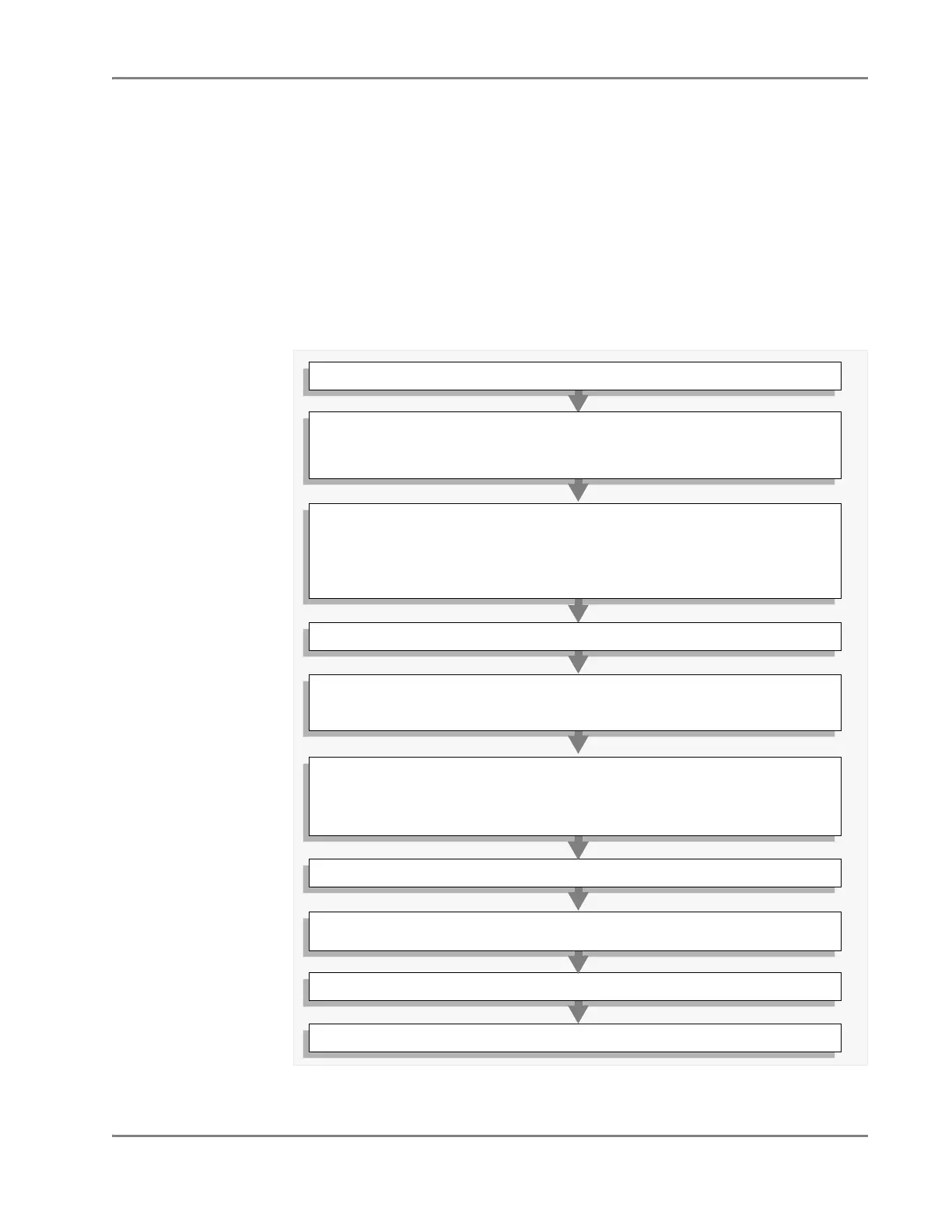DRAFT
September 1, 2004 11:39 am, CH_Run.fm
Workflow Overview
Applied Biosystems 7900HT Fast Real-Time PCR System and SDS Enterprise Database User Guide 3-5
Workflow Overview
Experiments/
Runs Performed
on the 7900HT
Instrument
Absolute Quantification . . . . . . . . . . . . . . . . . . . . . . . . . . . . . . . . . . . . . . . . . . . . . 3-5
Allelic Discrimination . . . . . . . . . . . . . . . . . . . . . . . . . . . . . . . . . . . . . . . . . . . . . . . 3-7
Background . . . . . . . . . . . . . . . . . . . . . . . . . . . . . . . . . . . . . . . . . . . . . . . . . . . . . . 7-16
Dissociation Curve (Melting Curve) . . . . . . . . . . . . . . . . . . . . . . . . . . . . . . . . . . . . 3-6
Pure Dye (Spectral Calibration) . . . . . . . . . . . . . . . . . . . . . . . . . . . . . . . . . . . . . . 7-20
Relative Quantification . . . . . . . . . . . . . . . . . . . . . . . . . . . . . . . . . . . . . . . . . . . . . . 3-6
RNase P Instrument Performance Verification . . . . . . . . . . . . . . . . . . . . . . . . . . . 7-30
Absolute
Quantification
Workflow
1. Create an absolute quantification plate document (see page 3-9).
2.
*
Apply detectors to the plate document:
a. Create detectors for the absolute quantification probes (see page 3-11).
b. Copy the detectors to the plate document (see page 3-13).
3. Configure the plate document with tasks and quantities:
a. Configure the plate document with detector tasks (NTC, Standard, and
Unknown) (see page 3-16).
b. Assign quantities to the wells of the plate document that contain standards
(see page 3-17).
4. Program the method for the absolute quantification run (see page 3-19).
5. If performing an assay in which you would like to collect dissociation data, add a
temperature ramp to the thermal profile to perform a dissociation curve analysis
(see page 3-23).
6. Choose from the following:
– If running a single plate, then continue to step 2.
– If running the first plate in a series of plates with identical assay
configurations, then save the plate document as a template (see page 3-24).
7. Create a plate document from the template created in step 2 (see page 3-26).
8. Configure the document with sample names and plate information (see
page 3-28).
9. Prepare and run the absolute quantification plate or plates (see page 4-1).
10.Analyze the run data (see page 6-5).
*Steps 2 and 2 can be eliminated by importing the plate document setup information
from a tab-delimited text file. See “Importing Plate Document Setup Table Files”
on page A-2 for more information.

